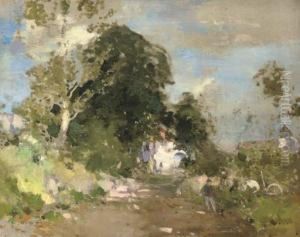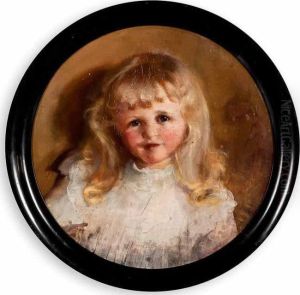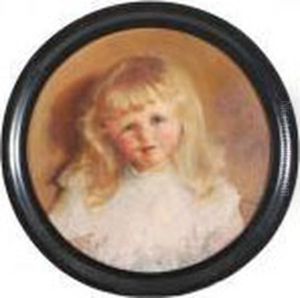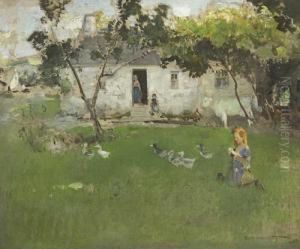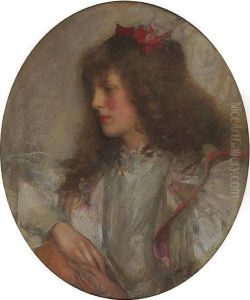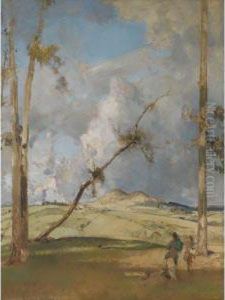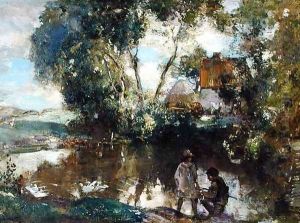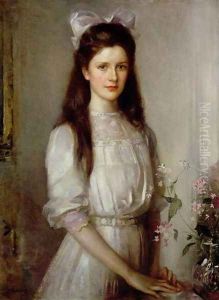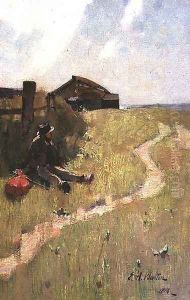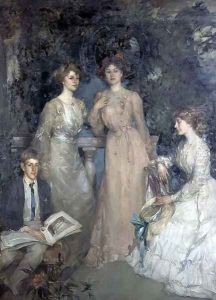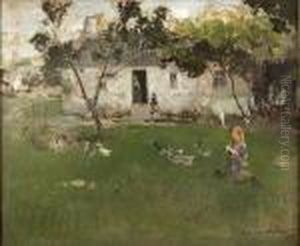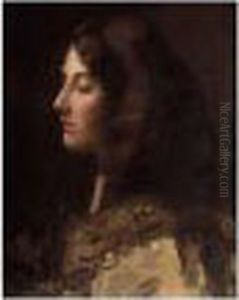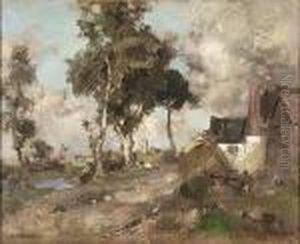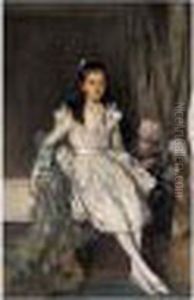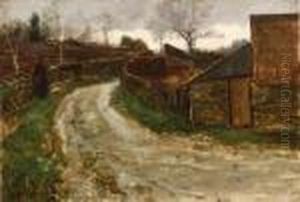Edward Arthur Walton Paintings
Edward Arthur Walton was a Scottish painter, born on April 15, 1860, in Glanderston House, Barrhead, Renfrewshire. He was a prominent figure in the Glasgow School, a circle of influential artists and designers that began to coalesce in Glasgow, Scotland in the 1870s and 1880s.
Walton received his formal training at the Glasgow School of Art and later at the Koninklijke Academie voor Schone Kunsten (Royal Academy of Fine Arts) in Antwerp, Belgium. His early work was influenced by the naturalistic rural scenes of the French Barbizon school, but he became one of the leading exponents of the Glasgow Boys, a group of artists who aimed to infuse realism and naturalism into Scottish painting, much in the way the Impressionists were doing in France.
His works often depicted the Scottish countryside and rural life, characterized by a fresh and vivid approach to color and light. Walton was particularly skilled in the use of pastels, and his landscapes and portraits are noted for their relaxed informality and naturalistic detail. Alongside his painting, he was also an accomplished printmaker and watercolorist.
Among Walton's most famous works are 'A Daydream' and 'The Crofter's Home'. He was also known for his portraiture; one of his notable subjects was his brother, the architect George Walton. Edward Walton's contribution to Scottish art was recognized in his lifetime, and he was elected to the Royal Scottish Academy in 1905.
Edward Arthur Walton passed away on March 18, 1922, in Edinburgh. His legacy continues to be celebrated, and his works are held in high esteem and can be found in major galleries and collections throughout Scotland and beyond.
